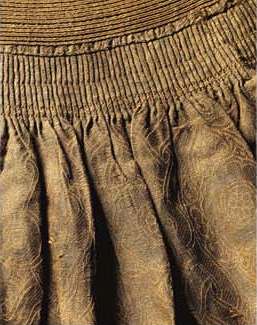As a review, I mentioned exploiting the Wikipedia page for Middle Mongol's references. I went back to that today and one of the links piqued my interest.
Lingua Mongolica is listed as a source on that page.
I was doing a read through on the intro page for them. There was something that stuck out to me in particular:
The term 'classical Mongolian' technically refers only to the language of the seventeenth and eighteenth centuries, when the written Mongolian language was standardised in order to facilitate the translation of Buddhist literature.That stuck out to me because non-standard ways of writing, while not unique to Mongolian, means there's no one way, both in spelling and alphabet, to write pre-classical Mongolian.
Now, what that amounts to is a conceit that pre-classical Mongolian, in my case Middle Mongol, is entirely non-standard and, therefor, unreliable. I had backtracked my way into figuring that out previously, but seeing a source explicitly state as much is both comforting and frustrating.
There's more that also piqued my interest here in the resource (emphasis mine):
The focus of Lingua Mongolia is not strictly the classical language but rather the literary language of the Mongols over the last eight hundred years; from the pre-classical Mongolian of the Secret History right up to modern literary Mongolian, as it still exists in Inner Mongolia. It is worth noting however that the term classical Mongolian is sometimes used to distinguish Uighur-script Mongolian from the Cyrillic Mongolian used by the Mongols north of the Gobi.With that in mind, I could, possibly, use Uighar vertical, sometimes also called Sogdian vertical, script and bring it to "close enough". Introduction the first source is based specifically in Sogdian vertical, kicking it back into contention.
We'll see how much matches between the notes on Introduction I took and "Lingua Mongolica's" modelling of the language to see what I can suss out. Introduction is a linguistic basis; I've yet to dig in far enough to see what "Lingua" has.



